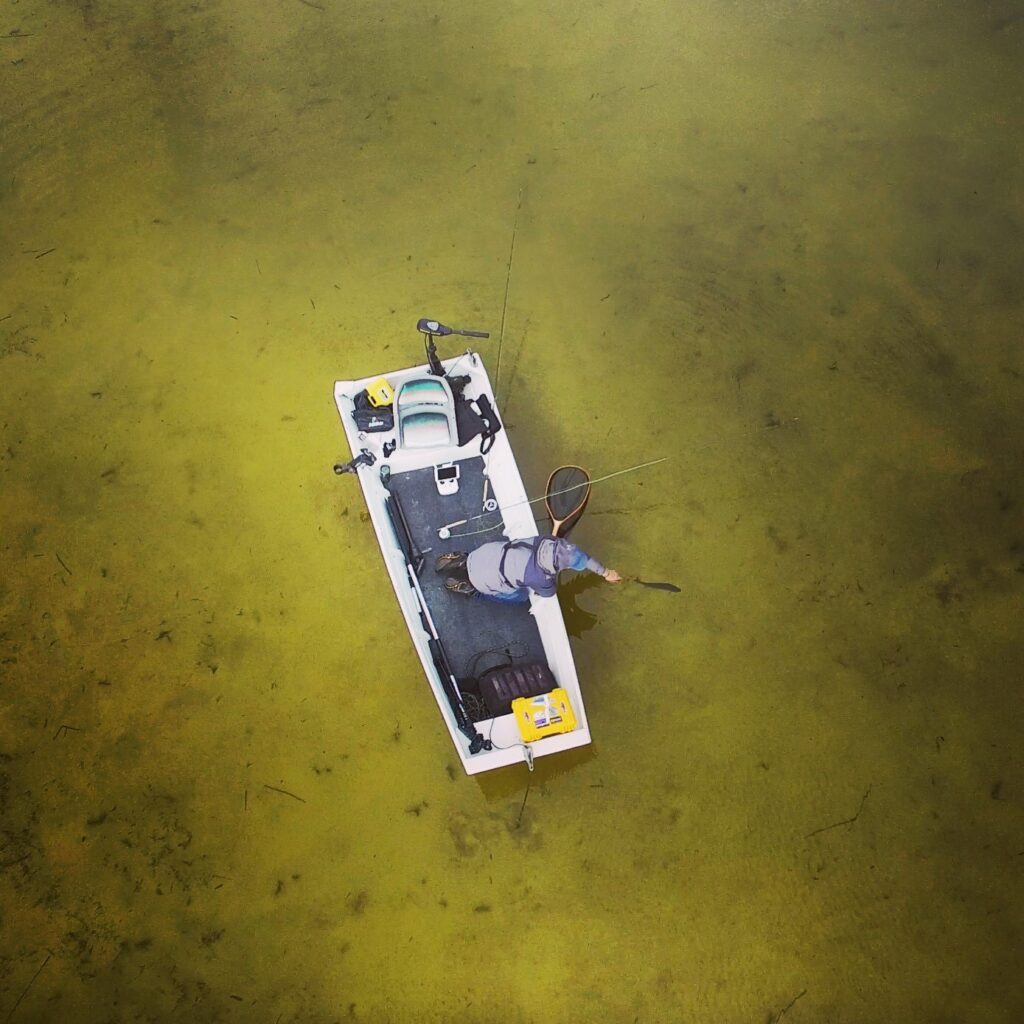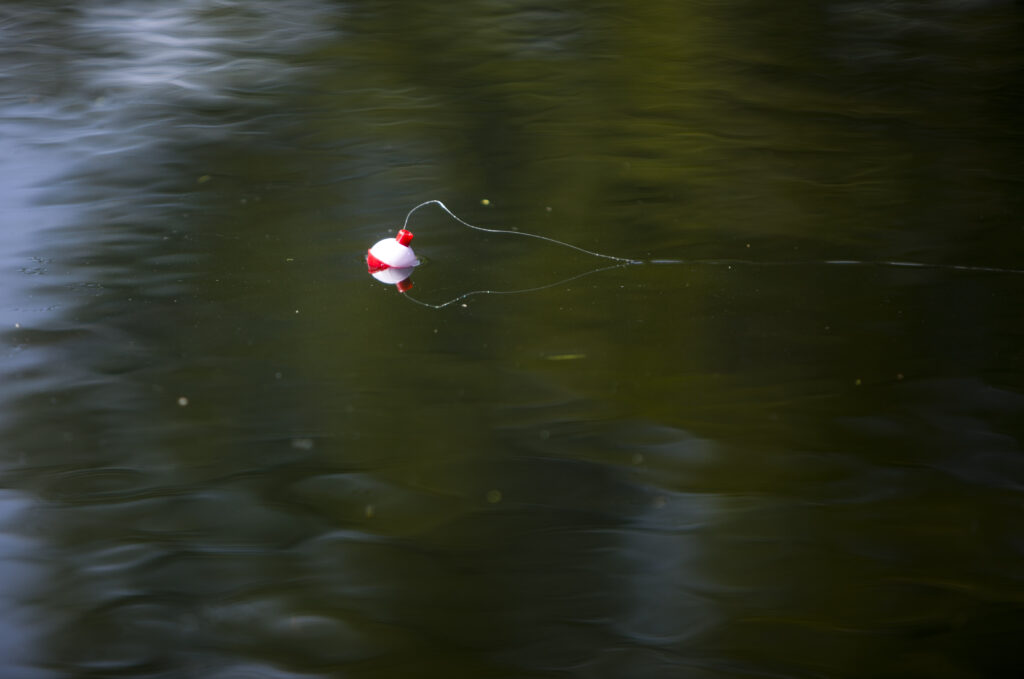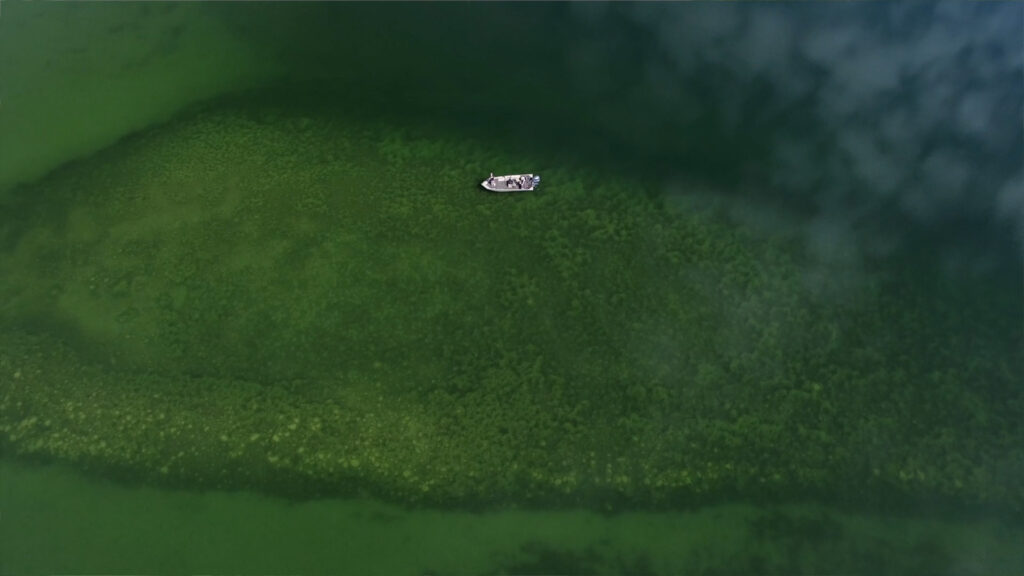Sometimes catching fish can seem simple, and other times it is more of a challenge. While people often assume that they are not catching fish because there are none there, or because the fish just aren’t biting, scientific data from the lakes will usually show neither of these assumptions to be true.
Fish are often concentrated in the water column
When the going gets tough, many anglers turn to their tackle or fly box to look for a solution. However, too much focus on what is on the end of your line might distract you from noting that you are passing your lure or fly through effectively empty water. Investigations have often shown how fish move in predictable patterns, and are often concentrated into a very small portion of the available water. Let’s look at a couple of examples.
Post, J. R., Parkinson, E. A., & Johnston, N. T. (1998). Spatial and temporal variation in risk to piscivory of age‐0 rainbow trout: patterns and population level consequences. Transactions of the American Fisheries Society, 127(6), 932-942.
In the late 1990s, several papers were published to understand predation (cannibalism) of juvenile rainbow trout. While these experiments were not meant to address fishing specifically, one by Post et al. has some highly informative data. Small fish were tethered in lakes, using light fishing line, at specific depths (0.5 metre and five metres) and locations (close or far from shore). The rate at which the bait was eaten by larger rainbow trout was recorded. In this controlled scenario, the deeper-tethered fish were always hit at a higher rate. The difference was often dramatic. In one lake, 53 hits were recorded at the deeper depth versus only three at the shallower one. Translating this into a fishing context, two anglers using the exact same lure would report markedly different catches: one would only catch three fish, while the other would catch 53! These trials were conducted in summer, but it would not be surprising to see the results reversed in spring when the surface water is much cooler.
Suski, C. D., & Ridgway, M. S. (2009). Seasonal pattern of depth selection in smallmouth bass. Journal of Zoology, 279(2), 119-128.
Another good example comes from research on smallmouth bass. Researchers in Ontario placed acoustic transmitters inside smallmouth bass, and tracked their depth movements over multiple years. The results showed clear seasonal patterns in depth (with the deepest in winter), and virtually no overlap between the preferred depths between some seasons. In other words, successful fishing at one depth during one season would lead to getting skunked if you repeated the same methods in another. During a matter of days in spring, smallmouth transitioned from depths greater than 10 metres to less than one metre. The largest bass stayed deeper throughout the year. Fish showed predictable patterns of movement (from deep to shallow) between day and night during the summer. Overall, the data show that a successful angler needs to continually change lure depths to avoid fishing completely empty water.


Using science to help you catch more fish
- It is impossible to catch a fish that is just not there. As we’ve seen, you could potentially catch many times more fish by just having your lure/fly at the right depth.
- Ensure that you are fishing in a depth or area fish are most likely to favour. The most productive areas depend on factors like a fish’s preferred water temperature and oxygen concentration; forage-producing areas; and spawning migrations. You can do your own research by reading some of the many articles out there that describe these patterns for individual species, and how they change over the seasons.
- If you are not catching fish, consider changing your presentation (for example, the depth or spot you are fishing). Since fish continually change their behaviour, you need to adjust as well – what worked yesterday may not work today. If you have ever used a strike indicator when fly-fishing on lakes, you might have observed how changing the depth of your fly pattern under the indicator by just 30 or 60 centimetres can make a big difference in the number of bites.
- Fishing accessories can help to locate fish, and to present your lure or fly exactly where the fish are. Today’s fish finders are very advanced, and can take out the guesswork. On small lakes, strike indicators – with proper weighting of flies – will help target a specific depth where fish are feeding. Downriggers are the preferred device for targeting fish at specific depths on B.C.’s larger lakes and reservoirs.
Author: Paul Askey, Fisheries Scientist, Freshwater Fisheries Society of BC
